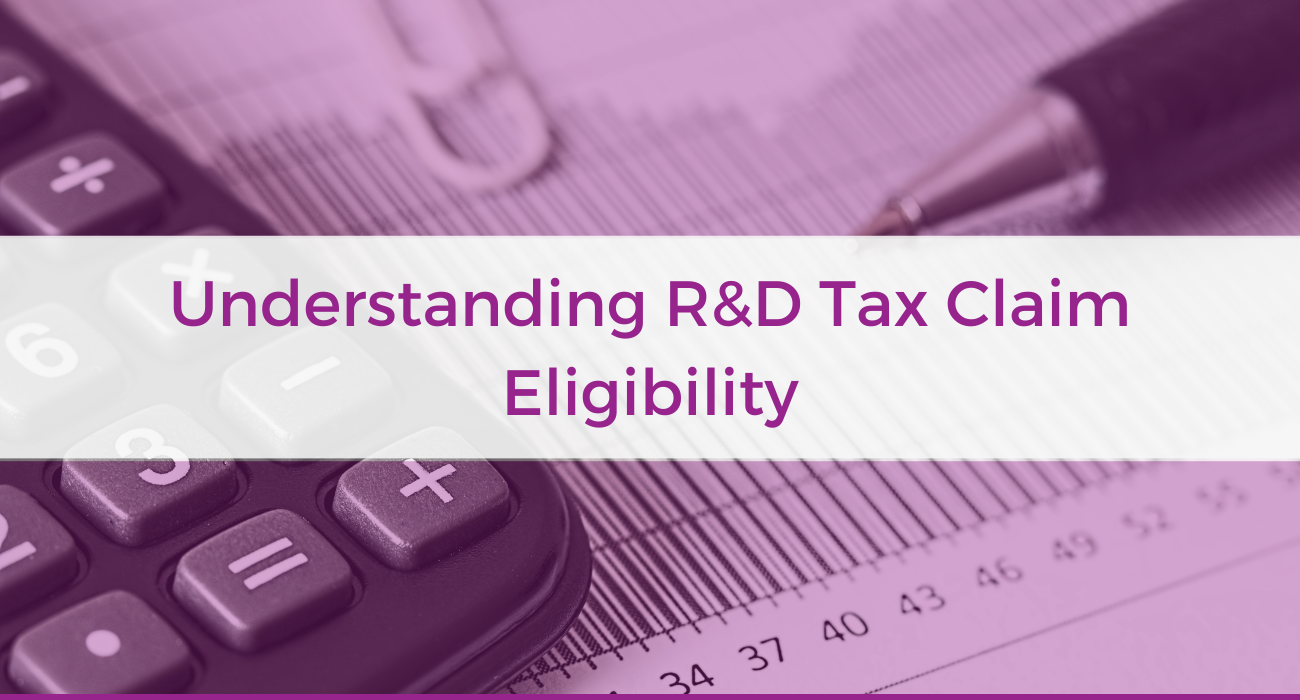
Understanding R&D Tax Claim Eligibility
Accounting firms are becoming more and more aware of the huge potential of offering their clients an in-house R&D tax claims service. In addition to providing an additional source of income, it is a service that clients actively seek from a professional they regard as a trusted advisor.
However, it is rumoured that the claims process is complex, and with HMRC getting stricter on potentially rogue claims, it is understandable that both clients and accountants are reluctant to embark down this route.
But actually, understanding your clients’ eligibility is a straightforward process, as long as you break it down into three simple steps, according to our client WhisperClaims.
HMRC Eligibility
Prior to starting to analyse its clientele for prospective R&D tax claimants, firms should be aware of the critical requirements set forth by HMRC, including:
1) The work is in an area of science or technology
2) The work is structured as a project
3) The work seeks to make an advance in science or technology
4) The company encountered technological uncertainty during the project
5) The company used competent professionals in the area of science or technology to carry out the work
With these essential requirements in mind, conducting an eligibility assessment is the first step in establishing a claims review service.
Step 1: Considering Client Categories
There are three categories of companies that a firm needs to consider:
- Clients and prospects already claiming R&D tax relief;
- Clients and prospects that have claimed in the past, but are not currently claiming;
- Clients and prospects that haven’t claimed before.
Clients that are currently claiming by far the easiest category to assess for eligibility. The main issues to think about here are:
- Who prepared their most recent claim? Your company, or a third-party?
- If the claim was prepared by a third-party, are you happy with the eligibility of the claim?
- Was the recent work claimed for ongoing, or a one-off?
And for companies who have claimed in the past, but are not currently claiming, it is important to understand why. Once you’ve identified which of your clients fall into this group, it’s a fairly simple process to assess whether they’re likely to be eligible.
The final category to consider are clients that have never claimed R&D tax relief. It’s difficult to determine whether these clients are eligible, but there are ways to use data you already have to make it much simpler, such as SIC (standard industrial classification) code segmentation.
Step 2: Obvious and Less Obvious Cases
Most of HMRC’s qualifying requirements will likely be met in cases of obvious R&D. Nonetheless, businesses with significant R&D expenditures and clear eligibility will frequently be sought by outside R&D consultancies. The goal here is to emphasise how you can offer them a more specialised and appropriate service than third parties because you are their trusted advisor.
However, a less evident R&D case will typically check one or two of the boxes, but it may be challenging to determine with certainty whether they qualify. Yet, being the company’s accountant can be very advantageous because you’ll be able to inquire about R&D without having to advertise your services first.
Step 3: Risk Analysis
There are a lot of factors, other than eligibility, to consider regarding the risk of a claim being investigated by HMRC. This is why it is important to think about the risk of submitting a claim alongside assessing its overall eligibility. Nonetheless, if you are unsure of a claim’s eligibility, you should never submit it to HMRC.
The goal of the risk assessment is to actively reduce any risks associated with any eligible claim, as well as to get you and your client ready for HMRC’s reaction in the event that a high-risk claim is submitted.
It can be useful to you and your clients in this final step to have access to specialised R&D tax claims software that incorporates a risk assessment. Better even if the programme is supported by a knowledgeable R&D tax claims support team that can assure you that your claim is strong before submitting it to HMRC.
It is not necessary to be a difficult or expensive task to understand R&D tax claims eligibility and offer clients a reliable R&D tax service. It is a potential revenue stream and value-added service that cannot be disregarded because businesses of all sizes actively seek the accountants’ assistance to fulfil this position. With the correct support, it isn’t as difficult to deliver as you would have expected.
Read how WhisperClaims has helped their client, CB-Reid, here at Biz Dispatch.




